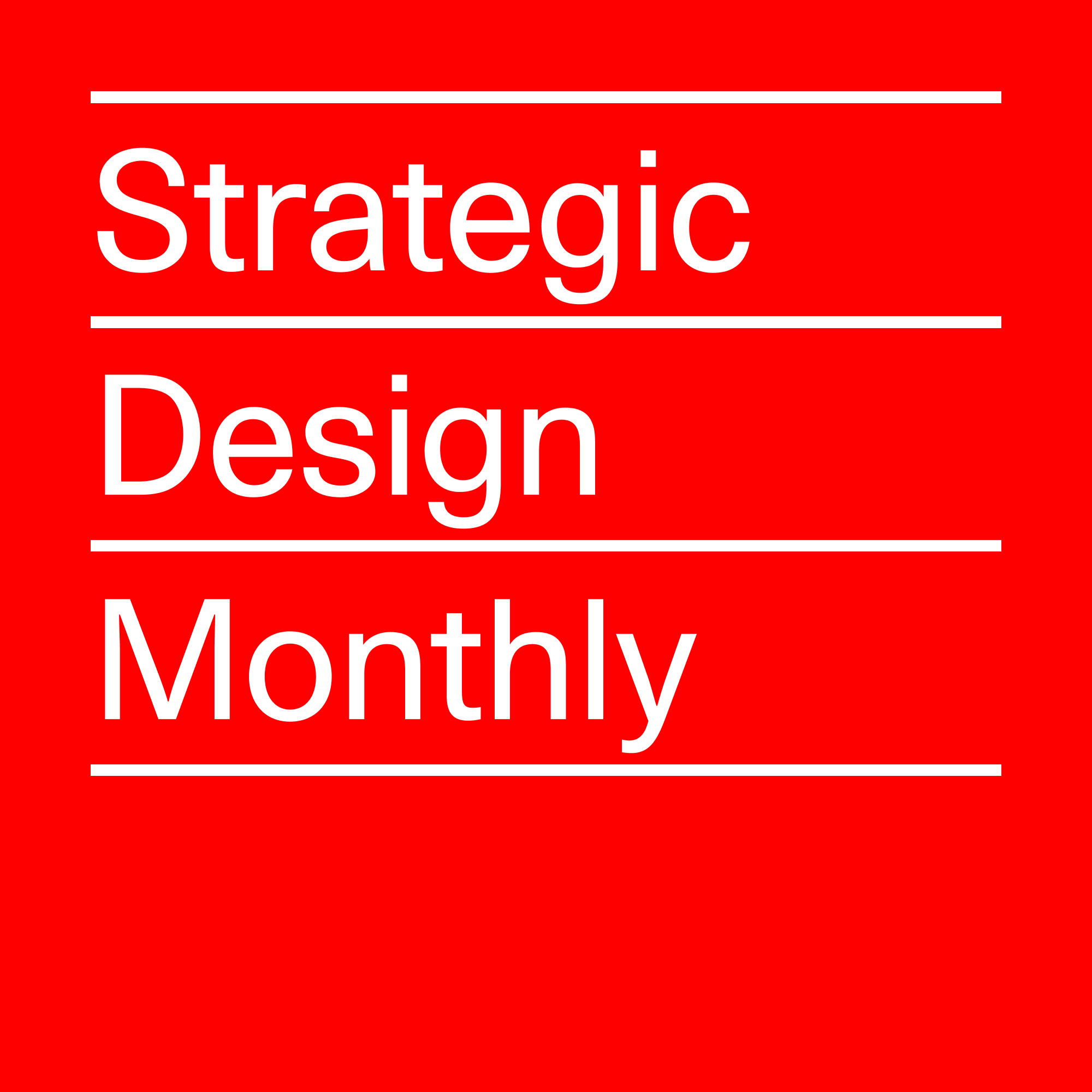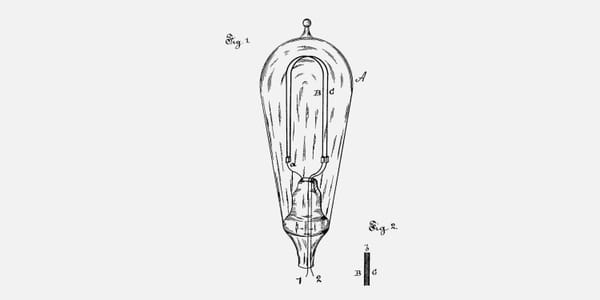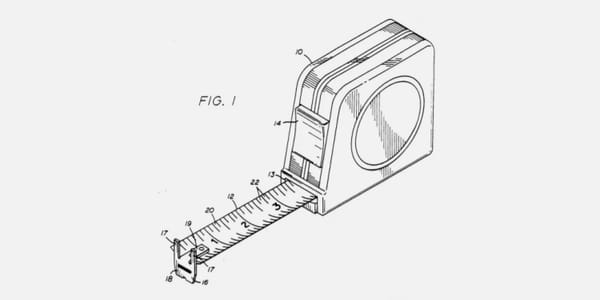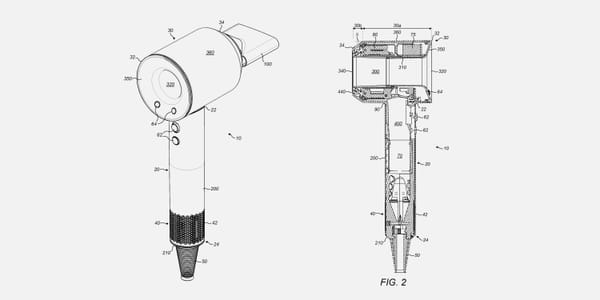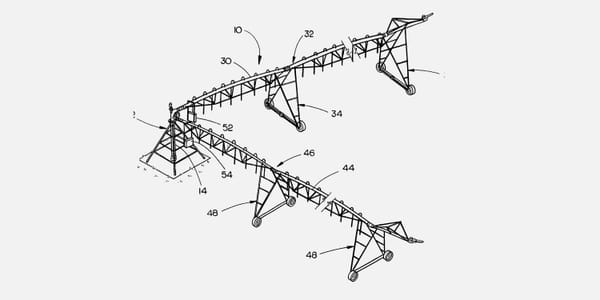The Evolution of Design Thinking: Beyond the Object to Contextual Design
Over my 25 years in design, I’ve witnessed the transformative power of our industry. Early on, the focus was purely on the object—the product in front of me, its form, its function. But as my journey evolved, so too did my view of design’s potential.
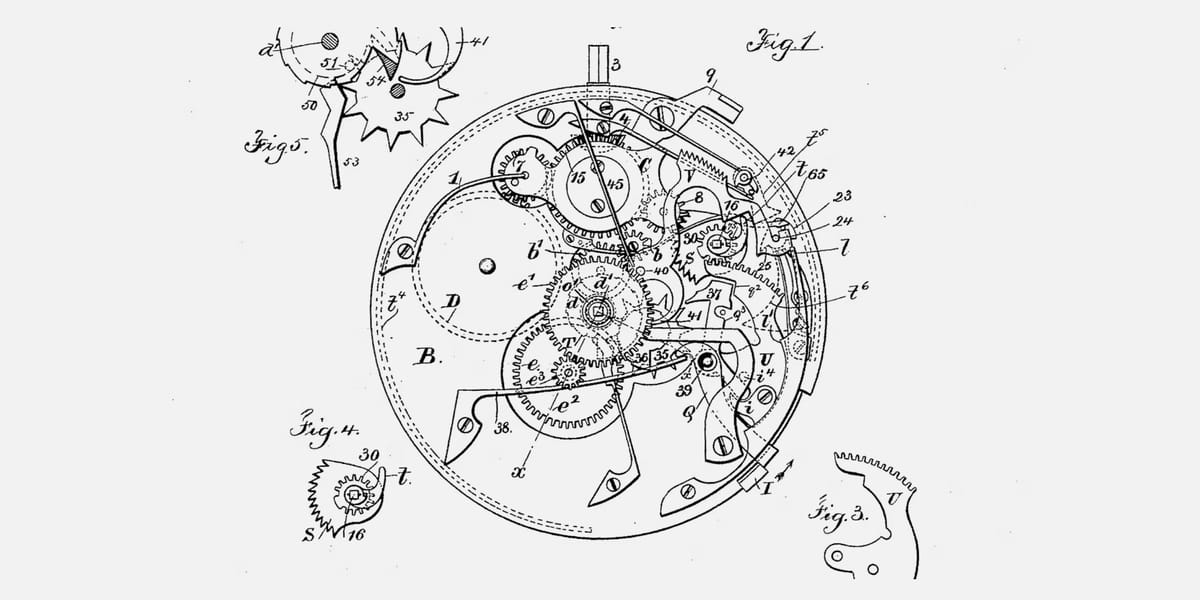
Over the years, I've developed a clear understanding of what I believe constitutes good design. It's not just about creating beautiful things; it's about shaping experiences, influencing systems, and driving strategic value. This shift in perspective has redefined not only how I approach design but how I see the world. I've realized that the true impact of design lies not in the objects themselves, but in the systems they are part of. This article reflects that evolution—an exploration of how design thinking has moved beyond the object to embrace the complexity and opportunities of what I call context-based design.
The Shift: From Objects to Context
As the world became more interconnected and complex, it became evident that a traditional object-centric approach to design was no longer sufficient. We were no longer just creating products; we were shaping experiences, influencing behaviors, and contributing to the strategic direction of entire organizations.
This realization led to a new approach—one that moved beyond focusing solely on the object to embracing the broader context in which that object exists. Design thinking, in its most powerful form, isn’t just about solving isolated problems. It’s about understanding and navigating the complex ecosystems that products and services inhabit.
Contextual Design: A New Paradigm
Contextual design is about understanding the relationships between products, services, systems, and the environments in which they operate. It involves designing with an awareness of the broader context—ensuring that solutions are not only innovative but also deeply aligned with the strategic goals of the organization.
One of the key strengths of contextual design is its multidisciplinary nature. Design is no longer an isolated function. It must be integrated with all aspects of the business, including engineering, marketing, operations, and financial strategy. By doing so, we create holistic solutions that address the needs of all stakeholders and contribute to overall business success.
A critical component of contextual design is considering the entire lifecycle of a product or service. This involves everything from material sourcing to manufacturing processes, distribution channels, user interactions, and even end-of-life disposal. By placing the product within its full context, we can create solutions that are more sustainable, resilient, and adaptable to future changes.
Understanding the Ecosystem: The Core of Contextual Design
At the heart of contextual design is the concept of the ecosystem—an intricate web of relationships, dependencies, and interactions that shape the outcome of any initiative. Unlike the traditional object-centric approach, which often treats a product as a standalone entity, contextual design acknowledges that products and services exist within a dynamic environment that influences the efficacy of their results.
This ecosystem-based approach is crucial for several reasons. First, it reduces risk by considering the various "governors" or influencing factors that can affect outcomes. These might include market trends, technological advancements, cultural shifts, regulatory changes, and environmental considerations. By understanding and analyzing these factors, we can make more informed design decisions grounded in reality rather than anecdotal assumptions.
For example, when designing a new product, it’s not enough to focus solely on its aesthetic appeal or functionality. We must also consider how it will interact with other products in the market, how it fits within the company’s brand strategy, how it will be perceived by different user groups, and how it will perform over its entire lifecycle. This holistic perspective allows us to anticipate challenges and opportunities, leading to more robust and adaptable solutions.
Contextual design operates with an analytical approach that seeks to remove abstraction from the decision-making process. By considering the interconnected realities that shape outcomes, it offers a more precise and effective way to navigate the complexities of the contemporary market landscape. Rather than relying on guesswork or biased points of view, contextual design leverages data, research, and a deep understanding of the ecosystem to guide the design process, increasing its effectiveness in meeting the market.
The Value of Contextual Design
The value of contextual design lies in its ability to create solutions that are more than just aesthetically pleasing or functionally effective—they are strategically aligned with the broader goals of the organization and the needs of the market. By understanding the full context in which a product or service exists, designers can create solutions that drive business success and resonate deeply with users.
For businesses, contextual design offers a way to differentiate themselves in increasingly competitive markets. By considering the broader context, companies can create products and services that stand out not just for their design but for their ability to meet the needs of their users in a meaningful and sustainable way.
Moreover, contextual design enables businesses to be more adaptable in the face of change. By considering the full lifecycle of a product or service, companies can anticipate and respond to shifts in the market, technology, and user behavior. This adaptability is crucial in a world where change is constant, and the ability to innovate quickly can be the difference between success and failure.
Challenges and Opportunities
Transitioning to a contextual design approach requires a broader perspective, one that requires cultivation, especially for those who have spent years perfecting the art of object-focused design. It also demands deep collaboration across various disciplines, breaking down silos that have traditionally existed within organizations.
